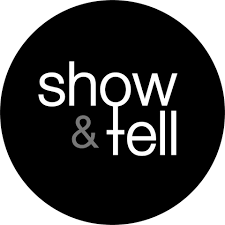In the article Canadian Police Mothers and the Boys’ Club: Pregnancy, Maternity Leave, and Returning to Work the authors Debra Langan, Carrie Sanders, and Tricia Agocs use their voices to bring awareness towards the issues women police officers from Canada often have in the workplace during their pregnancy and maternity leave. The police force is already a predominantly male profession, so women are, like Kaplan and Donovan stated, an outsider group within the larger organization. Due to the often time poor work environment, many people stated that the culture and management of the police force is currently inadequate and required so much needed improvement. This is evident in the study conducted where “one in five [officers] … think about leaving their current police force from once a week to several times a week”. This apprehension towards working on the police force could, for some women, be due to the mistreatment when pregnant and requiring maternity leave. Even before addressing the mistreatment of women during pregnancy, the article mentioned how women usually work during their job on the force. They often push themselves extremely hard, believing that they need to prove themselves more to show that they deserve to be there. When considering becoming pregnant, one woman stated that it was very important to make sure that you have proved yourself because if you get pregnant too early, then you would be looked down upon by colleagues. It was a fear for many policewomen that, by announcing their pregnancy, it meant judgment from everyone, and when a woman was on maternity leave, their coworkers often had to take over the mother’s work, which further caused poor feelings. When returning to work, the policewoman now needs to reprove herself to try and remove herself from the new demoted position because after time off she might not be an adequate police officer anymore.
citation:
Debra Langan, Carrie B. Sanders & Tricia Agocs (2017) Canadian Police Mothers and the Boys’ Club: Pregnancy, Maternity Leave, and Returning to Work, Women & Criminal Justice, 27:4, 235-249, DOI: 10.1080/08974454.2016.1256254
link: https://www-tandfonline-com.libezproxy2.syr.edu/doi/full/10.1080/08974454.2016.1256254


